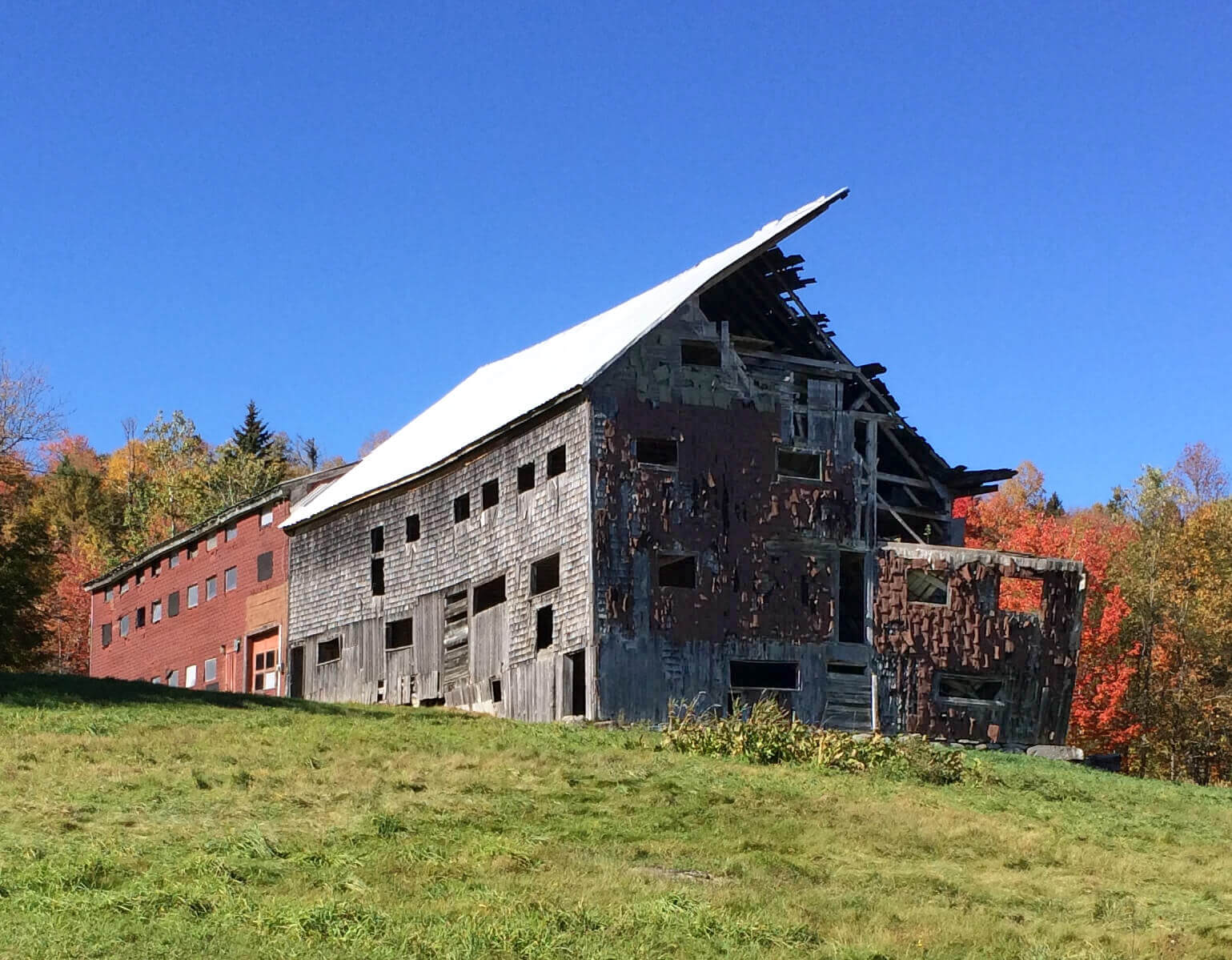Value
This business is particularly sensitive to the realities of changing value; car filters are manufactured with a palladium part rather than the platinum that was used for years, the prices of the two metals change drastically, and maybe you change your mind about what you want your wedding bands to be made of. I find that very interesting, probably in a nerdy way, but it’s not my favorite way to think about what is valuable.
My parents all love antiques; every one of them (I have a lot of parents). When I was a kid this was annoying because it meant lots of trips to musty shops with second, third, fourth-hand goods I had no interest in. As with so many parent-related things, this has changed now that I’m an adult. I appreciate how much knowledge they have about where things come from and why they are a certain way.
My parents lived in Maine for a while, and in that time they bought a wooded property with two huge barns, one ancient and precarious, the other trying to hold it up. The old building collapsed little by little, and as it did my dad would clean it up, pulling nails from the worn planks. He is an occasional collector of oddities, and would never let a good nail go to waste, so he ended up with coffee cans full of all different types of nails. (This might explain a lot about me and the reason I am compelled to pick up rusty metal in the street.) Being antique enthusiasts, the parents knew when the two barns were built, approximately how old the nails were, and some interesting history about the whole situation.
On a few very exciting days I received heavy little packages that leaked rusty steel debris and contained a written history and two types of antique nails, one dating to the 1790s-1820s and the other circa 1810s-1900s. The older nails are what I’ve been using in my work so far. They are among the first formed with machine assistance, and were all made from iron bars hand-fed into a machine that cut them one at a time. These nails are necessarily more expensive than the modern wire nails we all use, as they were much more labor-intensive. For the sake of holding on to traditional techniques and for authentic restoration, there are a couple places that still make this kind of nail. It’s hard to keep up, though, because of the price differential and the question of value. I’m not sure what my little pile is worth by the world’s standards, but having a physical piece of my history and a collaborative project with my dad is incredibly valuable to me.
Keep in Touch!
Find out about new work, shows, and events.
I won’t fill up your inbox or share your info.




